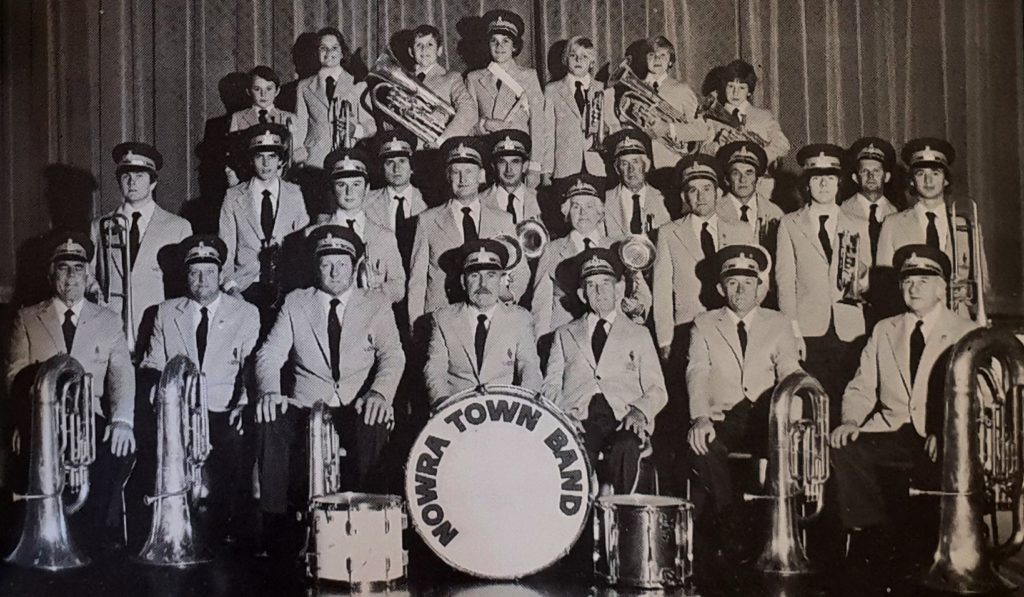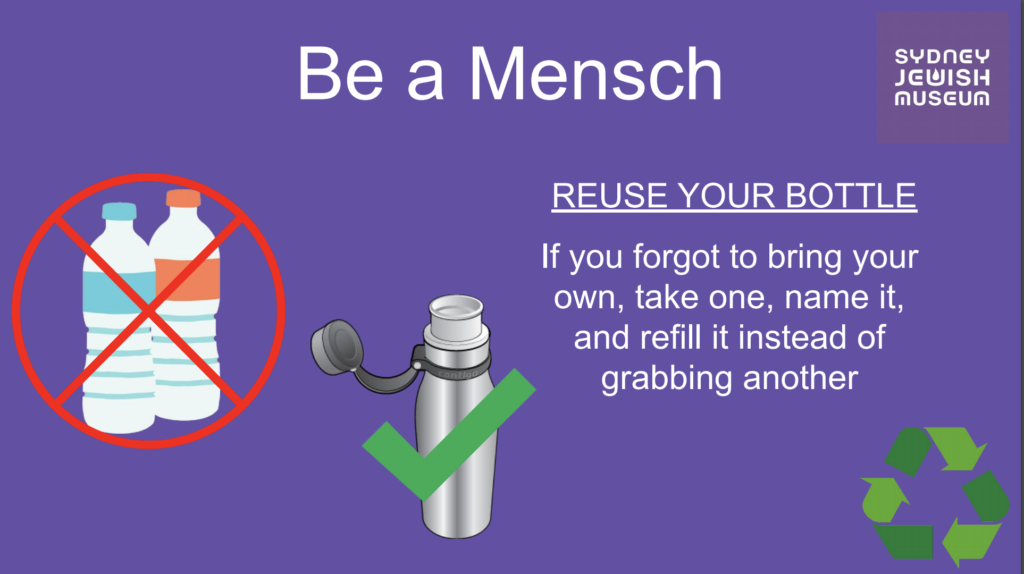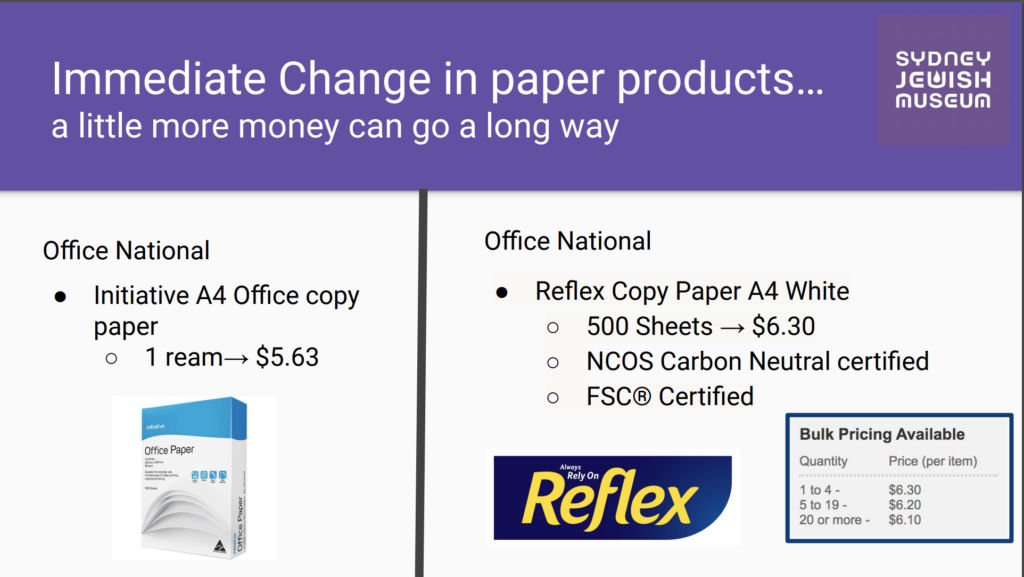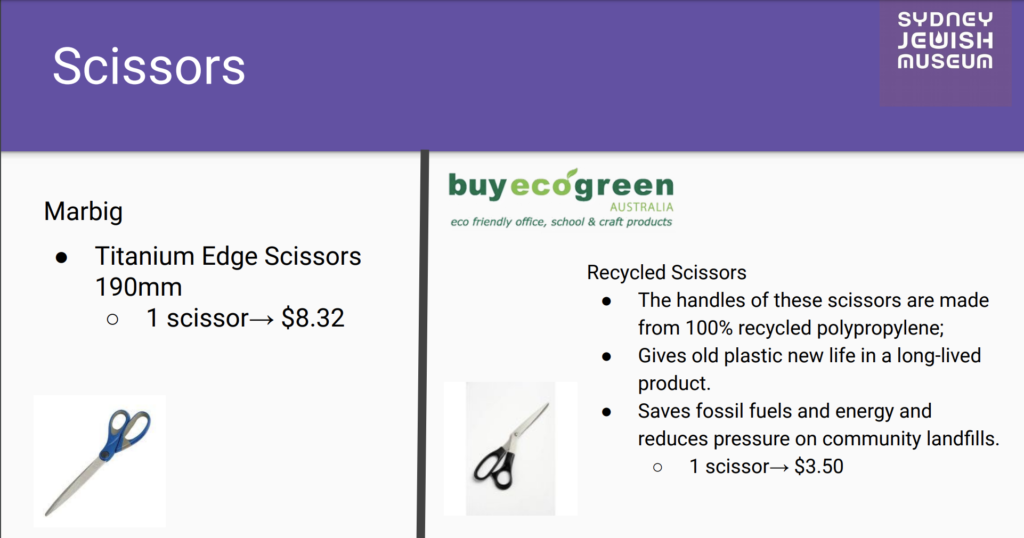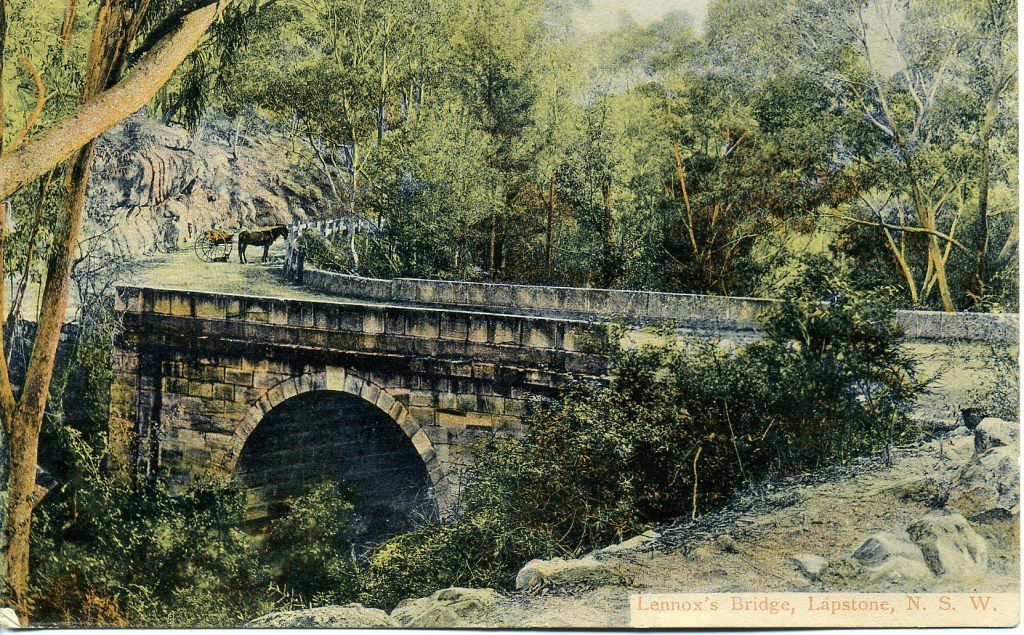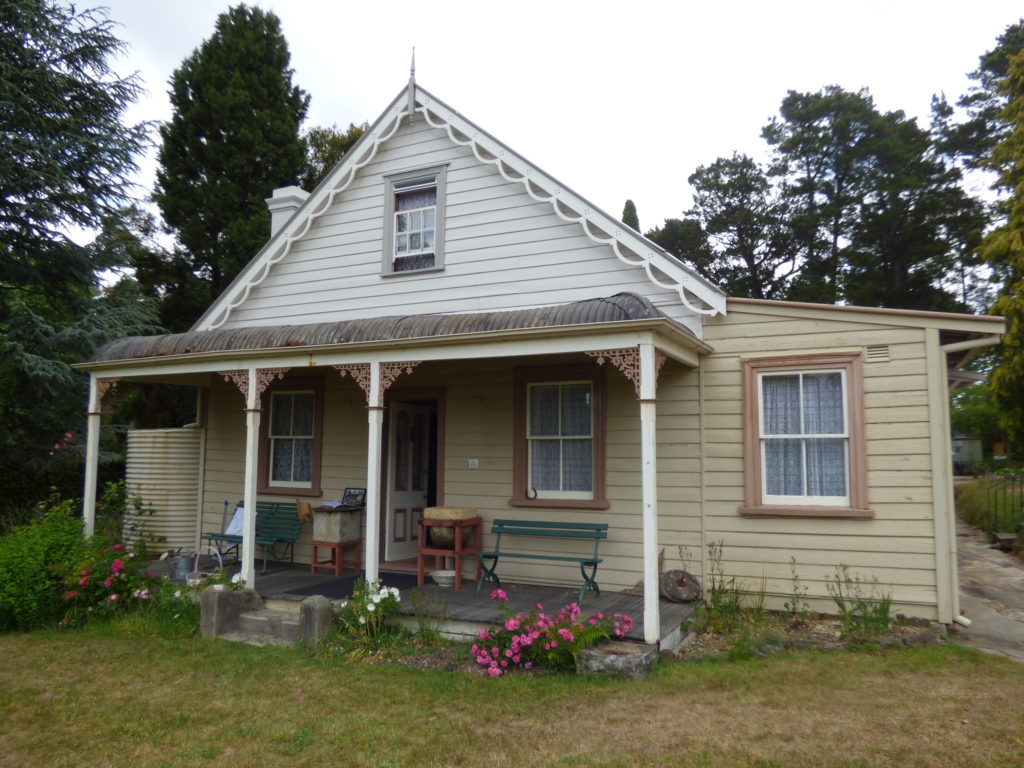I have been working with the Sutherland Shire Historical Society (SSHS) for a couple of months now and have really enjoyed the experience that I have had there. The society was very welcoming and embraced my project and me with open arms. The society has a museum located in Sutherland which I visited every Saturday morning during opening hours. Initially, I helped file and archive various pieces that the society had come to possess. The office required an overhaul so each week a few ladies from the society and I would work through various newspaper clipping, books and other items to make their system more manageable. I enjoyed this experience both because the ladies were so friendly and because I learnt so much about my local area whilst flicking through different articles.
Unfortunately, I could not stay digging through these archives forever and my attention was drawn, rather reluctantly, to formulating a major project. I struggled for a couple of weeks, tossing up between different ideas. These included remaking the SSHS’s website, working in the museum to improve displays, digitising documents, working on an interactive display and creating a walking tour. Although some of these projects I was very eager to engage in, it was suggested to me that a walking tour would be very beneficial to the SSHS. Initially, I was worried because I struggled to think of many historical landmarks in Sutherland and thought it would be difficult to create an engaging tour. After further investigation and talking to various members of the society, I began to realise that there were actually many different sites around the area that had historical value.
I slowly began compiling a list of sites, both from my own research and the suggestions made by the SSHS members. Eventually, I settled on fourteen different stops that would take about an hour to travel to. The SSHS has no other published walking tours and so I aimed to cover a wide range of topics to inspire interest in a wide range of people. The walk contains transport, educational, council, medical and recreational buildings, as well as, parks and a cemetery. I also took into consideration the audience for the walking tour. The visitors to the museum are mostly older adults or young families. The walking tour could not be very long as neither of these parties can travel for long periods. The tour takes around one hour to complete and is on mostly flat and paved surfaces. Initially, I began the project by researching each stop and writing a small blurb about its history and any other interesting facts. The format for this project is a brochure and so the amount I could write had to be limited because of the space constraints. I had trouble limiting my text as there was a lot of information on many of the sites. The majority are heritage listed and can be found on government websites and lists.
The society offered to place my walking tour on their website to make it more accessible to the public and allow people to complete the tour even when the museum is not open. To complement this idea I translated the tour onto a flyer instead of a brochure. In the digital form, the brochure can be difficult and confusing to read, this will make it easier for online users.
The Sutherland Shire hosts many beautiful nature reserves and national parks, the walking tours on offer are focused on these areas and often neglect the built environment. This walking tour is original because it focuses on one town centre and the built environment that boasts an interesting and unique history.
The walking tour has a two-part aim. The first is to engage the community with the history of Sutherland. Historical awareness and understanding allow the individual to see their surroundings from a different perspective and understand that place has meaning. Hopefully, this walking tour will inspire a greater appreciation of the Sutherland area. Secondly, the tour aims to attract more people to the Sutherland Shire Museum. This museum is run by the SSHS and is where the tour begins and ends. The museum is open every Saturday morning and often struggles to have a high number of visitors. I really wanted to try and address this problem within the project. By centring the walk around the museum the visitor is opened up to both a history of Sutherland town and that of the wider Sutherland Shire. It creates a more enriching experience and allows the museum to move further into the public sphere.
To gain the most exposure for the walking tour I am also investigating other mediums of advertisement for this project. The Sutherland Shire Council website would provide good exposure for the tour and the museum, hopefully boosting the numbers of visitors. The museum is very interesting and the SSHS has provided a unique space where the history of the Sutherland Shire can be explored. I hope that the museum will thrive and that more people will be able to experience the history that it offers.
This subject and project have allowed me to be involved in a community that I did not even know existed up until a few months ago. I have thoroughly enjoyed the time I have spent with the SSHS. The walking tour project has come to its completion and I am extremely excited about the possibilities it presents. Although this is the case I am still keen to be involved with the SSHS and the museum. The other projects that were discussed in the earlier stages of the process still need to addressed and I am excited to see where they could take me. I am very grateful for this experience and the SSHS for taking me under their wing and supporting me throughout this project.



